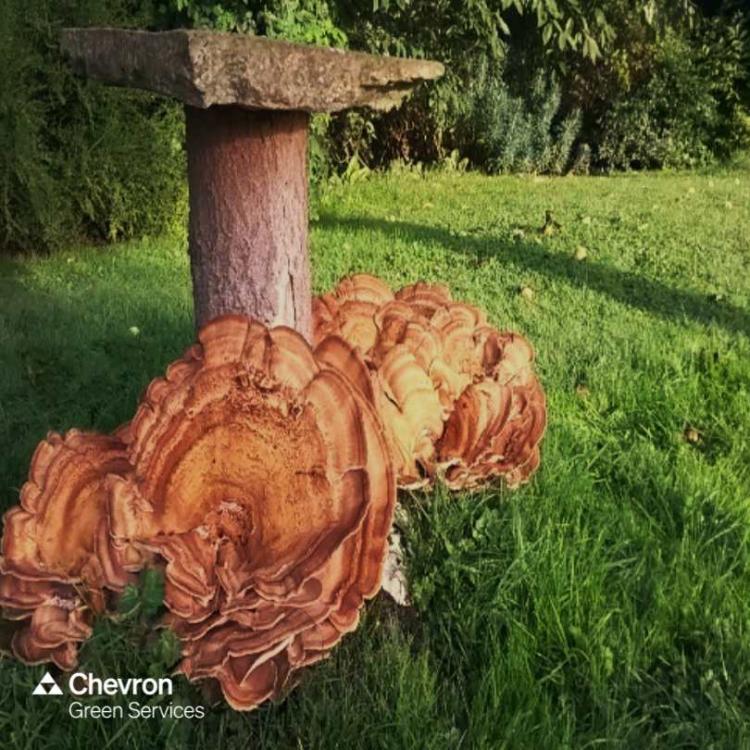
Fungi, mushrooms or toadstools, are a broad and somewhat scary subject for a lot of people. In many ways, this is totally understandable. Fungi inhabit their own kingdom in the natural world order, next to flora and fauna, and are a very complex and wide-ranging organism that are only recently starting to be understood.
There are approximately 15,000 currently known species of fungus that can be found in the UK, with over 2.5 million species worldwide. Of these, only about 155 thousand have been scientifically described. This makes the fungi kingdom the second largest kingdom next to invertebrates.
What is a mushroom?
When we’re walking through a wood or any piece of land, we’ll often spy a mushroom or fungus in the grass or growing on a tree. What we’re actually looking at is the fruiting body of a much larger organism.
Think of it like a blackberry thicket, a large, tangled mass of intertwined branches that, in the right conditions, will produce fruit, namely a blackberry. This is the same for fungi. A mass of threads, called mycelium, that interconnect in their natural environment, and are used to find water and nutrients. In the right conditions, this mycelium can produce a fruiting body that contains millions of spores to allow the fungi to spread. This is what we can see in the form of a mushroom.
These fruiting bodies come in a very wide range of forms, shapes and colours and can be found in many environments around the world. Everything from large, plate like brackets to tiny orange dots.
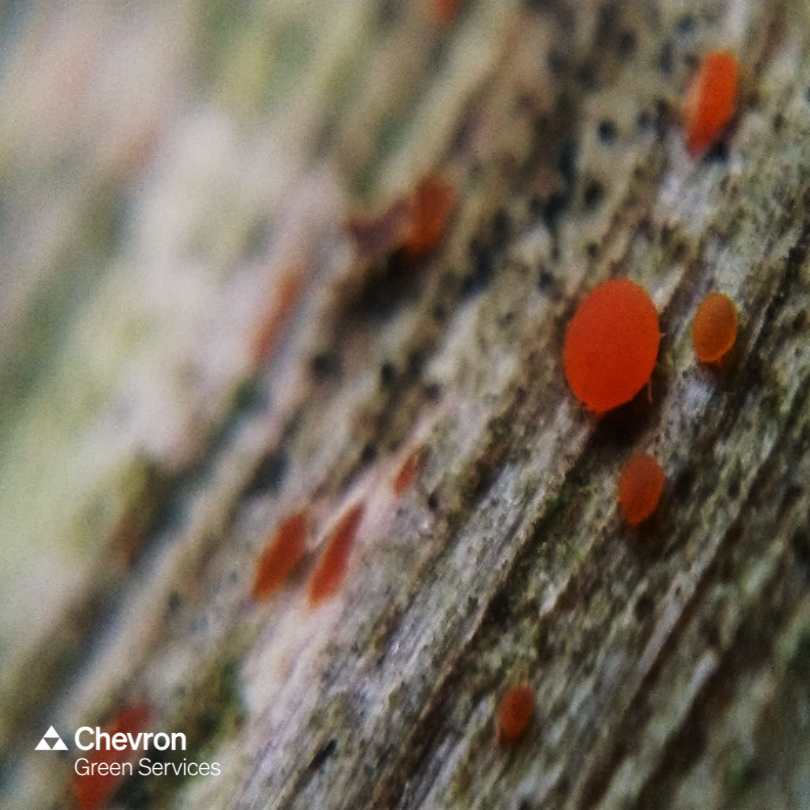
The quintessential red and white spotted Fly agaric...........
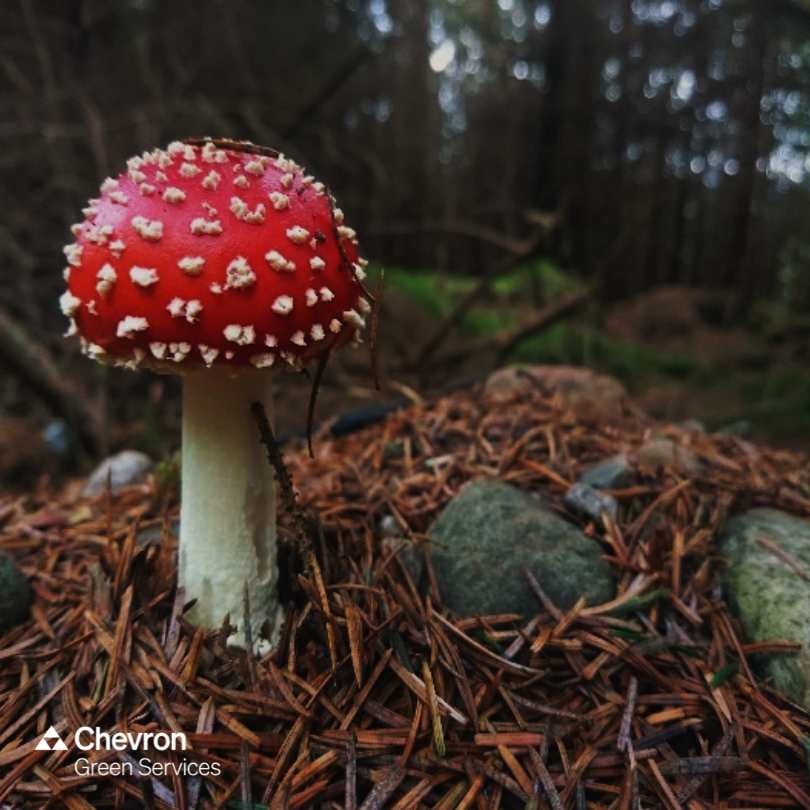
.....to the beige, but poisonous, Death cap.
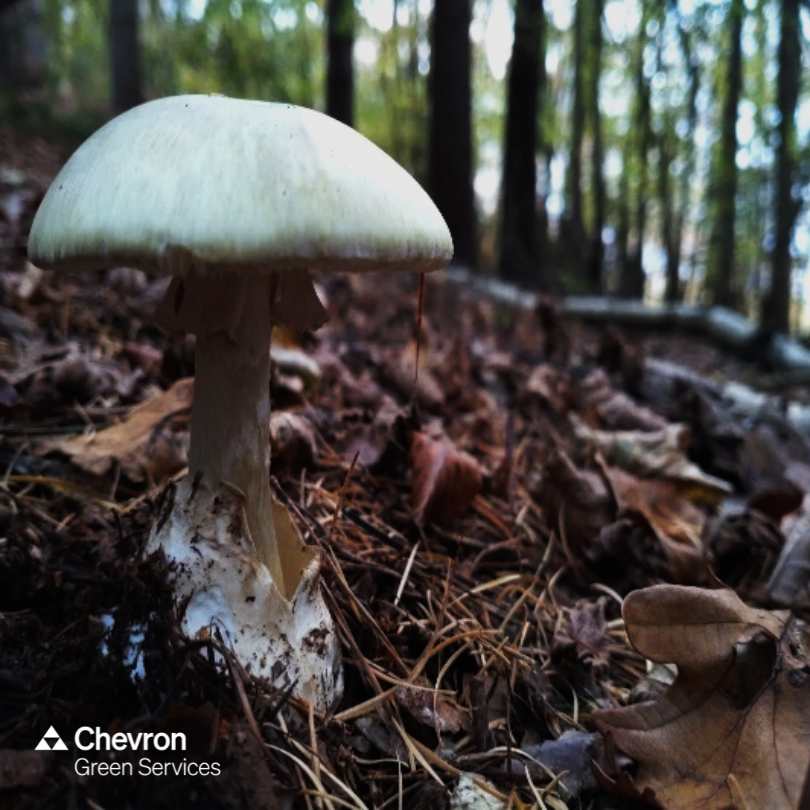
Some fungi require a host, such as a tree or dead wood to thrive. Others can be found amongst grass or roots or rotting vegetation Some of these fungi will work in conjunction with the tree, and some will compete directly with tree, causing damage and sometimes failure.
Currently Mycologists (those who study fungi) are starting to look at what has become known as the Wood Wide Web. That’s the communication between trees and plants using the mycelium as a means to exchange amino acids and sugars to lay in defence against pathogens. (Think Avatar, and you’ll get the idea).
Our Consultancy team Arboricultural Surveyors are always on the lookout for fungi growing on or near trees. Not all that we find are detrimental to the health of a tree and some even help strengthen the tree’s bond with its surroundings. Some feed on wood that has already died and can be a good indicator of crown health.

Some though, can cause catastrophic failure by attacking the live parts of a tree (the lignin and sapwood), breaking through the protective boundaries created by the tree, causing weaknesses and even failure.
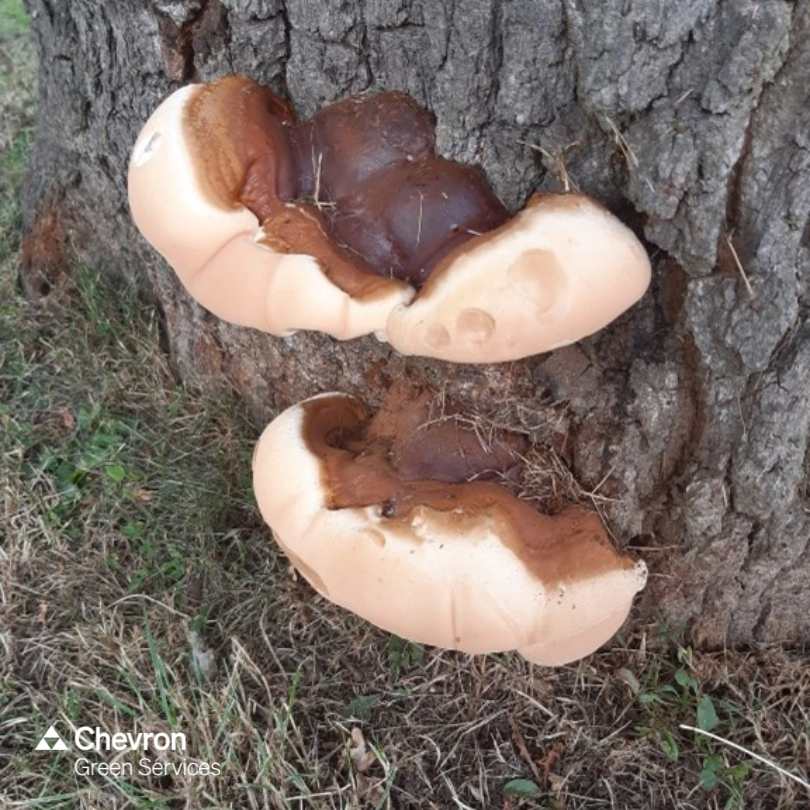
When it comes to identifying various fungi, it can become a bit of a minefield. Some are pretty obvious, with nothing else even vaguely similar. Others require an in-depth study from spore prints under a microscope to even DNA sampling.
A good place to begin is to look at the cap, top and bottom, the stem (if it has one), colour and where it is growing. If an ID is needed, taking photos from as many angles as possible, and placing something near it to get a sense of scale can help a third party help to identify the species. There are many good field guides available (and some awful ones too) and these can be a good start in helping to identify the most common species found on these shores. For further information, going out with an expert mycologist can really help to differentiate between species.
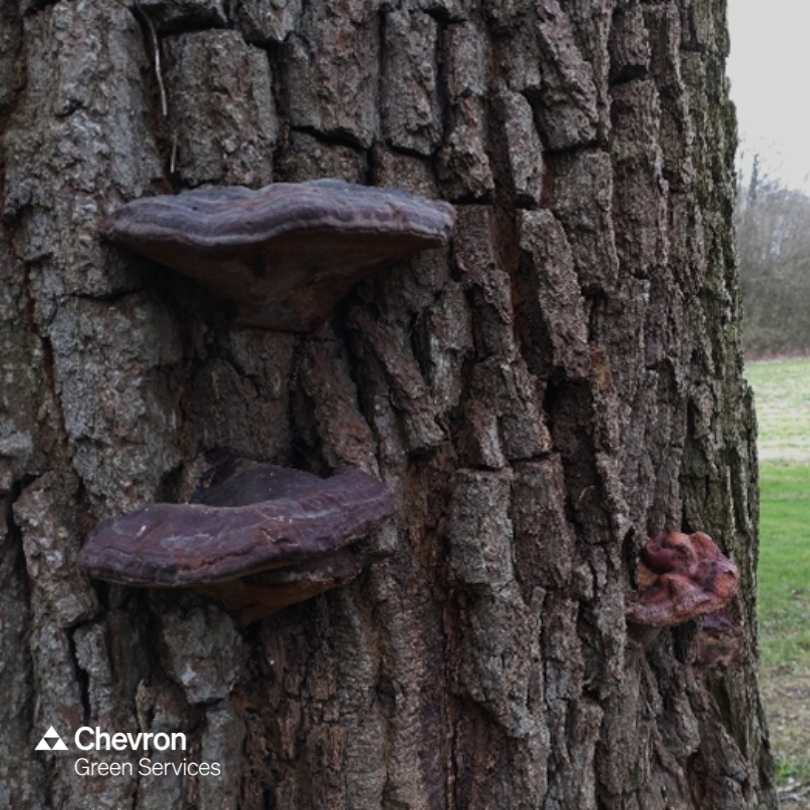
Finally, a little word of caution. It’s has become more popular to forage for wild mushrooms and unlike most of Europe, there isn’t the same culture or knowledge base here in the UK. Whereas in Europe, most countries require local Pharmacies to be able to identify species, in the UK it is left purely to individuals. Having a reliable source of information is the first step and knowing that, unless you are 100% certain, never taste or try any fungi without advice from an expert. There are some that can be fatal.
Fungi play a very important role in our ecosystem and can help in improving biodiversity and land regeneration. The more we understand their role, the more important they become.
If you would like support with land management, arboriculture surveys or biodiversity net gain. Contact our Consultancy team on the buttons below.
With thanks to Leo Stringer our Senior Arboriculture Consultant for sharing his knowledge and love of mushrooms and for all the accompanying photos.



















